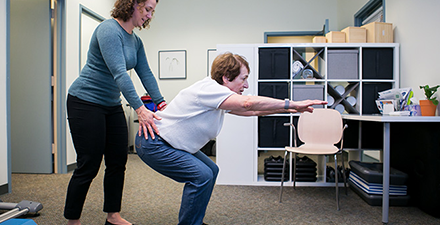
As America continues to fight the opioid epidemic, the Department of Health and Human Services has issued new recommendations to help patients who have been on long-term opioid therapy. While doctor-prescribed opioids may be appropriate for certain conditions (cancer or end of life), the CDC recommends safer alternatives like physical therapy instead of opioids for chronic pain.
Stopping the use of opioids too rapidly, however, can cause harm or put patients at risk. That's why it's important to taper off prescription opioids properly.
The rate at which a patient should taper off opioids is an individual one. The longer a person has been on opioids, the more there is for doctors and patients to consider when beginning to reduce or discontinue use. There's a wrong way to stop taking opioids, and “cold turkey” is it.
Here are a few highlights of the new recommendations:
- Add nonopioid treatments, like physical therapy, into the pain management plan whenever possible.
- Doctors and patients should work together to safely and slowly reduce the dosage of opioid medication, especially as pain improves.
- Include support from mental health providers for behavioral health when needed.
If you or a loved one want to find safer ways to manage your pain and reduce dependence on opioids, talk to your doctor. And find a physical therapist in your area who can help you safely manage your pain and improve your quality of life.
Physical therapists treat pain and improve quality of life through prescribed exercise, hands-on care, and patient education. They work with people of all ages and abilities and empower them to take an active part in their own care. To ensure the best possible care, physical therapists often work with other members of a health care team.
After an evaluation, physical therapists create treatment plans for a patient's specific needs and goals.
Physical therapists are movement experts. They improve quality of life through hands-on care, patient education, and prescribed movement. You can contact a physical therapist directly for an evaluation. To find a physical therapist in your area, visit Find a PT.
Related Resources
- Learn more about safe pain management.
- Read the Patient-Centered Reduction or Discontinuation of Long-term Opioid Analgesics: The HHS Guide for Clinicians.
Additional Information
Access additional Did You Know? pages.


